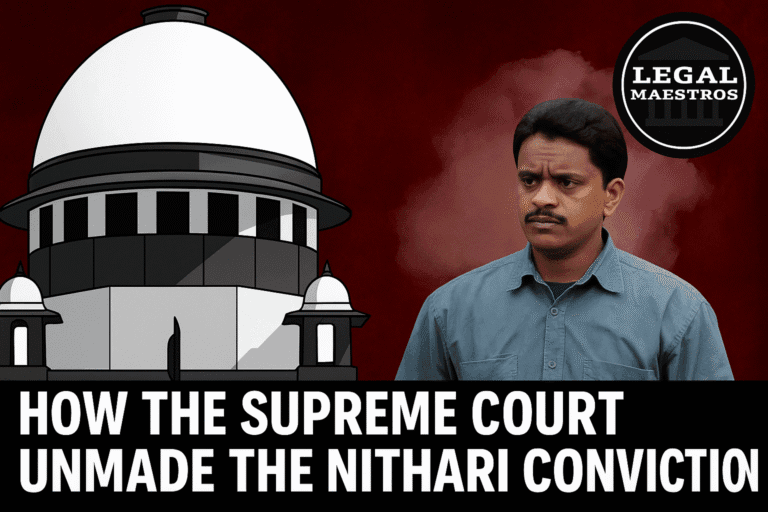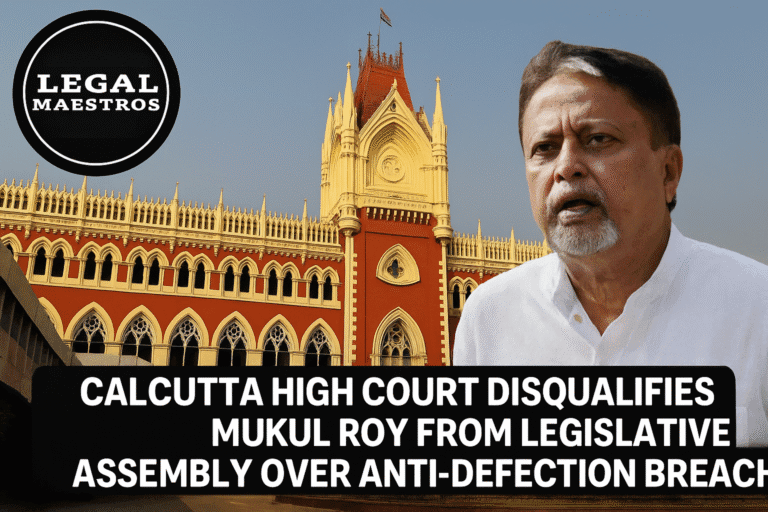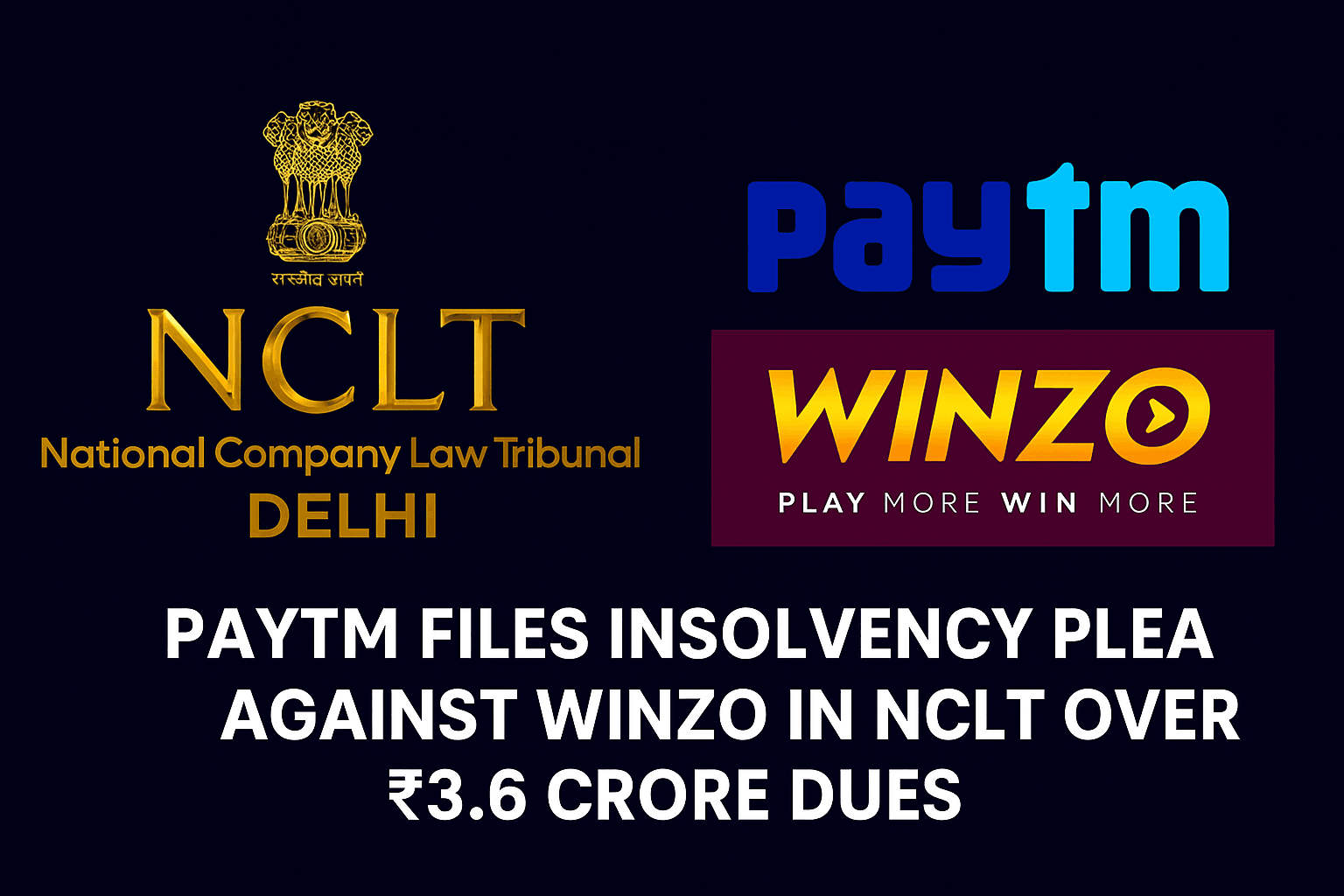
Manoharlal Dhakad Case: Provisions of the Bharatiya Nyaya Sanhita, 2023 for Obscene Acts in Public Spaces
To get things started, a little introduction
In the year 2023, the Bharatiya Nyaya Sanhita (BNS) has enacted a comprehensive collection of regulations in order to address a wide range of violations, including those that are related with the use of obscenity in public places. The implementation of these rules is intended to uphold public decency and morality by imposing penalties on behaviors that are in violation of the norms that society has established. The numerous sections of the BNS that deal with obscene behavior in public are examined, their ramifications are studied, and historical judgments that have affected the legal notion of obscenity in India are mentioned. All of these topics are covered within the scope of this article.
The following are examples of songs and acts that are considered to be obscene:
Obscene acts and songs are forbidden in public places, as stated in Section 296 of the BNS, which is specifically addressed in this regard. Any person who, to the irritation of others, performs an obscene act in a public place or sings, recites, or utters any obscene song, ballad, or lyrics in or near a public place will be punished with imprisonment for up to three months, or with a fine of up to one thousand rupees, or both. This punishment may be imposed regardless of whether the act is performed in public or not. In accordance with the law, such a penalty is called for. The Bharatiya Nyaya Sanhita gives the following information:
For the goal of discouraging individuals from engaging in behavior that has the potential to disrupt public order or to offend the sensitivities of others while they are in shared spaces, this regulation has been established.
For any queries or to publish an article or post or advertisement on our platform, do call at +91 6377460764 or email us at contact@legalmaestros.com.
Section 294 is the law that governs the dissemination and sale of things that are considered to be offensive.
Section 294 of the BNS regulates the sale, distribution, and public display of publications that are deemed to be objectionable. This section is a supplement to Section 296 of the BNS. According to this definition, obscene items are those that are lascivious or appeal to prurient tendencies. This means that they have the potential to deprave or corrupt those who are likely to read, see, or hear them.
The rules of this section provide that first-time offenders are liable to a maximum sentence of two years in prison and a maximum fine of five thousand rupees. This is the maximum punishment that may be imposed on them. Those who commit the same offense more than once might be subject to a fine of up to ten thousand rupees and a prison term of up to five years.
For any queries or to publish an article or post or advertisement on our platform, do call at +91 6377460764 or email us at contact@legalmaestros.com.
Obscenity-related legal examinations are available.
Throughout the course of history, the determination of what constitutes obscenity has evolved as a consequence of various interpretations of the law. In the beginning, the Hicklin Test was utilized in the case of Ranjit D. Udeshi v. State of Maharashtra (1965). This test was used to evaluate obscenity by determining whether or not the content had the potential to deprave and corrupt individuals who were susceptible to immoral influences.
On the other side, this examination was criticized for being too difficult to comply with. The Hicklin Test was replaced by the Community Standards Test in the case of Aveek Sarkar v. State of West Bengal, which was considered by the Supreme Court in 2014. The case was heard in 2014. This more current test evaluates obscenity based on contemporary community standards and takes into account the whole of the work rather than concentrating on certain parts of it.
For any queries or to publish an article or post or advertisement on our platform, do call at +91 6377460764 or email us at contact@legalmaestros.com.
Significant cases had an impact on the development of the obscenity law.
For More Updates & Regular Notes Join Our Whats App Group (https://chat.whatsapp.com/DkucckgAEJbCtXwXr2yIt0) and Telegram Group ( https://t.me/legalmaestroeducators )
There have been a number of cases that have had a significant influence on the legal climate in respect to obscenity, including the following:
In the case of Ranjit D. Udeshi vs. the State of Maharashtra (1965), the validity of Section 292 of the Indian Penal Code was upheld. This resulted in an increase in the state’s ability to exercise control over the availability of content that is considered to be offensive.
For any queries or to publish an article or post or advertisement on our platform, do call at +91 6377460764 or email us at contact@legalmaestros.com.
In the case of Aveek Sarkar v. State of West Bengal (2014), the Supreme Court of India approved the Community Standards Test, which marked a change towards a more permissive understanding of the term “obscenity.”and twenty-two
- In the case of Suhas Katti v. Tamil Nadu (2004): The fact that this was the first instance in India in which a conviction was obtained for publishing obscene remarks online brings to light the fact that obscenity laws may be applied to the arena of digital communication. According to Wikipedia, we have six.
Observations and Implications for Behavior in Public
The BNS contains clauses that emphasize how vital it is to uphold public decency, and these clauses are included in the BNS. When people are in public places, they need to be careful about how they behave and how they express themselves in order to avoid any legal repercussions that may arise. In order to accomplish this, it is necessary to refrain from engaging in behaviors or making statements that the community would consider to be offensive or vulgar.
To sum everything up
For any queries or to publish an article or post or advertisement on our platform, do call at +91 6377460764 or email us at contact@legalmaestros.com.
Through its rules against obscene actions and materials, the Bharatiya Nyaya Sanhita, 2023, tries to strike a balance between the individual liberties and the social standards that are in place. By gaining an awareness of these legal limitations, people are able to guarantee that their behavior is in accordance with the standards of public decency, so making a contribution to a society tha




![Research Assistantship @ Sahibnoor Singh Sindhu, [Remote; Stipend of Rs. 7.5k; Dec 2025 & Jan 2026]: Apply by Nov 14, 2025!](https://legalmaestros.com/wp-content/uploads/2025/11/Gemini_Generated_Image_s0k4u6s0k4u6s0k4-768x707.png)
![Karanjawala & Co Hiring Freshers for Legal Counsel [Immediate Joining; Full Time Position in Delhi]: Apply Now!](https://legalmaestros.com/wp-content/uploads/2025/11/Gemini_Generated_Image_52f8mg52f8mg52f8-768x711.png)